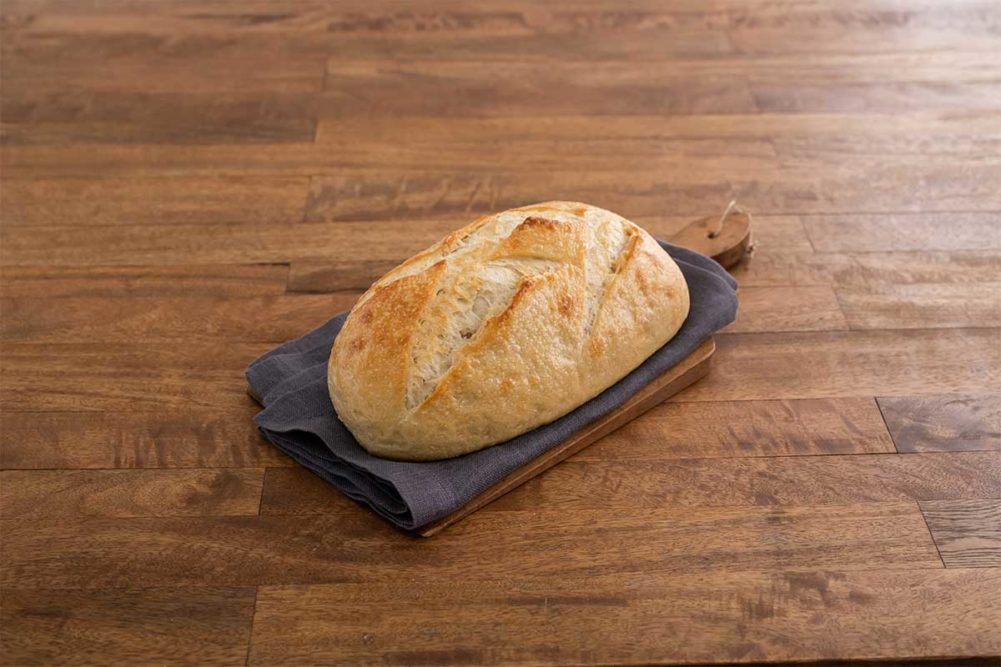Sourdough breads have distinctive characteristics, crust, texture, aroma and taste. But what do the experts say about what makes a great loaf of sourdough?
“The first thing you notice is the crust,” said John Friend, president of Farm to Market Bread Co., Kansas City, Kan. “A lot of people don’t realize a lot of the flavor comes from the crust, from the caramelization of the crust. Most of the time I don’t even have to taste it to tell if something went wrong. But having a good chewy crust on a San Francisco sourdough is key.”
Getting just the right crumb is an important factor as well.
“If your crumb is off, your mouthfeel and texture is going to be off,” said Jon Davis, head of culinary innovation at Aspire Bakeries, Los Angeles. “Or if your hydration is off then your crumb, your texture and your flavor is going to be off. And that’s personal as well, I think. It’s time, it’s flavor and then once you get that right, everything else falls into place.”
Michel Suas, co-founder of the San Francisco Baking Institute, explained that bakeries previously used higher protein flours in baking, but they are now using lower protein flours, which are easier to digest. They are also using more water to maximize flavor and to achieve a more tender and open crumb. A longer fermentation creates a better loaf, said Josh Allen, founder and owner of Companion Baking, St. Louis.
“The longer fermentation allows us to fully hydrate flour, and more water generally brings a more interesting cell structure. It brings a super moist and tender crumb and also creates a crisp crust and helps with shelf life,” he said. “It does a lot of things that quickly made bread will never have.”
This article is an excerpt from the September 2021 issue of Baking & Snack. To read the entire feature on Sourdough, click here.






